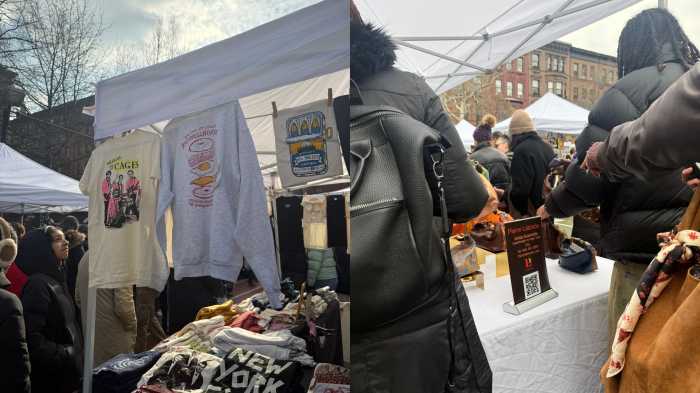By Sadef Ali Kully
Since the devastation of Hurricane Sandy, Howard Beach has become a case study for finding natural and unnatural defenses against vulnerable structures, The Nature Conservancy said in a report released this week.
The city’s Special Initiative for Rebuilding office had The Nature Conservancy, a New York-based conservation organization, undertake a project evaluating the role of nature and nature-based infrastructure in protecting communities from some of the impacts of climate change.
The community of Howard Beach was selected as a case study for the project because the southern Queens neighborhood, which was hit hard during Sandy, is low-lying and densely populated.
“Hurricane Sandy left a wake of destruction when it struck New York in October 2012,” said Bill Ulfelder, executive director of The Nature Conservancy, at a presentation of the study in Manhattan. “The storm revealed just how vulnerable we are to climate change, how much is at stake, as well as how nature can play a critical role in helping to protect us.”
The group’s Urban Coastal Resilience Report gives a preliminary, comprehensive evaluation of how nature-based defenses, in conjunction with man-made solutions, can be used to protect communities from climate change.
Ulfelder said man-made infrastructure used to be the default for most discussions about protecting at-risk communities.
But the Urban Coastal Resilience Report focused on using nature-based features, such as mussel beds and restored marsh, in a dense, urban setting in combination with man-made defenses, such as seawalls and floodgates, to provide efficient and cost-effective protection from sea-level rise, storm surges and coastal flooding.
“Now science is showing us that natural defenses can help to keep us safe from future disasters by absorbing floodwaters, reducing wave energy and helping defend against storm surges, with the added benefits of increasing wildlife habitat, absorbing carbon pollution that is the cause of climate change, and making our city more aesthetically pleasing and livable,” Ulfelder said.
Daniel Zarrilli, director of the Mayor’s Office of Recovery and Resiliency, which requested the study, welcomed the results as an example of how the public, private and non-profit sectors can be ready to withstand and emerge stronger from the impacts of climate change.
“Protecting the city from the risks of climate change is one of the greatest challenges of our time,” he said. “We’ve learned that the best infrastructure solutions are often hybrids that complement the geomorphology and land use of a specific neighborhood.”
Experts analyzed several infrastructure alternatives, but the best and most cost-effective concept utilized restored marsh habitat on the coast, hard toe mussel beds along the shoreline, floodgates and seawalls to protect against storm surge and rising sea levels and rock groins on the shoreline to help prevent erosion. According to the study, it showed that a hybrid alternative could result in avoided losses in this one neighborhood of up to $244 million in the event of a storm.
The conservation organization said although Howard Beach was used in the analysis, the study methodology is applicable to coastal communities across the city and around the globe.
Reach Reporter Sadef Ali Kully by e-mail at skull

































